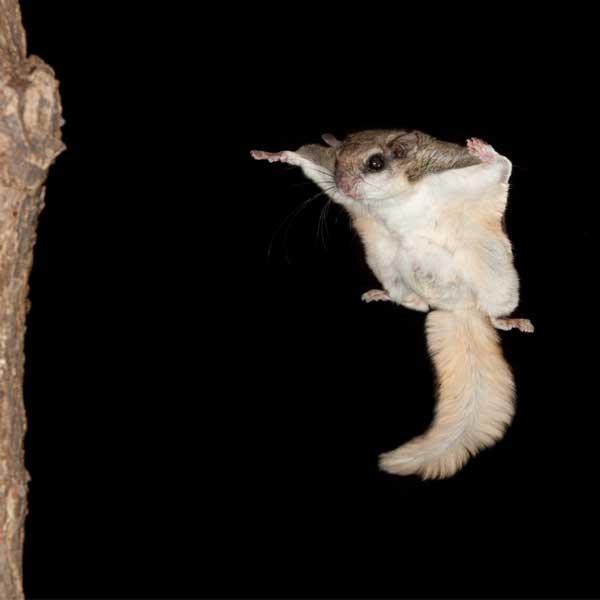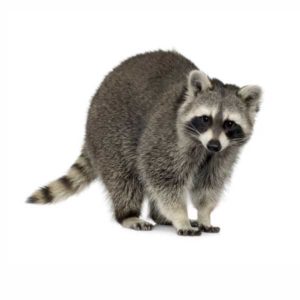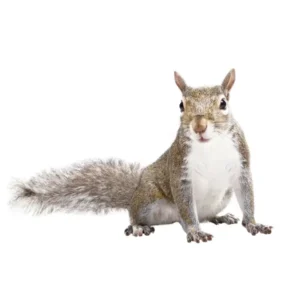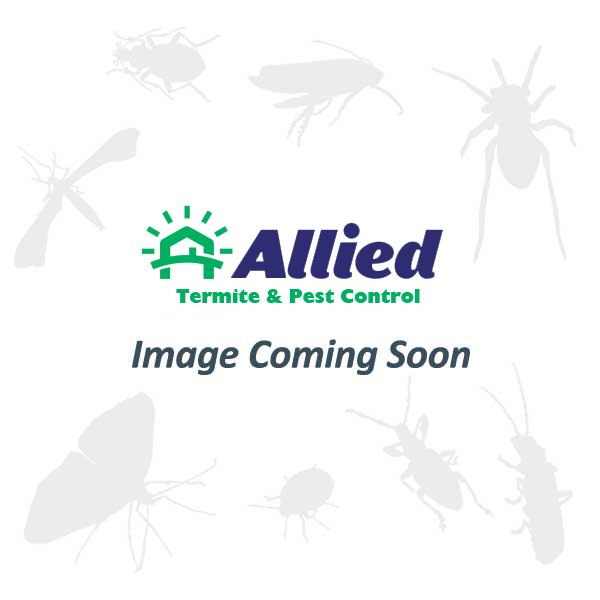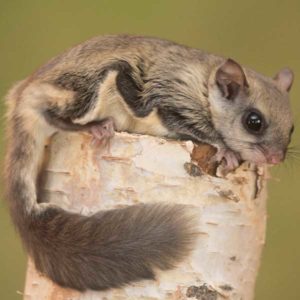Southern Flying Squirrels in Memphis TN Metro Area
Southern flying squirrels are recognized for their gliding capabilities and can be found in wooded and deciduous regions throughout North America. These squirrels possess a furry membrane called a patagium between their front and rear legs, which enables them to gracefully glide through the air, frequently moving from one tree to another. However, when southern flying squirrels establish their homes in attics or walls of residential properties, they can become pests. Their urine can create unpleasant odors and cause damage, while their nocturnal activities may disturb residents, disrupting sleep patterns.
Southern Flying Squirrel Habitat
Southern flying squirrels are commonly observed in the presence of large hickory and beech trees, as well as maple, poplar, and oak trees. These squirrels frequently make their nests in natural cavities and woodpecker holes. In suburban neighborhoods, they are seldom encountered unless there are ample wooded areas nearby. However, during late fall, when temperatures start to decline, flying squirrels may enter homes. Apart from nesting in elevated spaces like attics, they can also be found in external walls and between floors, utilizing insulation as nesting material.
Southern Flying Squirrel Behaviors, Threats, or Dangers
While direct transmission to humans is rare, southern flying squirrels have been associated with the potential spread of human diseases. However, their primary concern when it comes to homes is the damage they can cause to the exterior. In their efforts to create new entryways and gain access to attics and interior wall voids, they can inflict considerable harm. Once inside a home or structure, flying squirrels may gnaw on electrical wiring, posing a risk of electrical short circuits or even fires. Due to their social nature and nocturnal behavior, homeowners dealing with a flying squirrel infestation often hear their scurrying sounds in the attic during the late hours after midnight. If you are having an issue with southern flying squirrels, it is best to consult a professional wildlife control company for removal.

